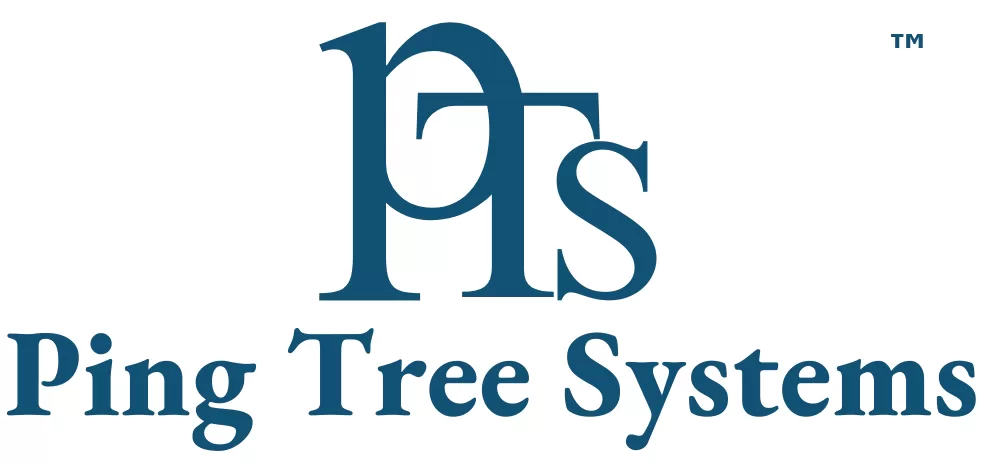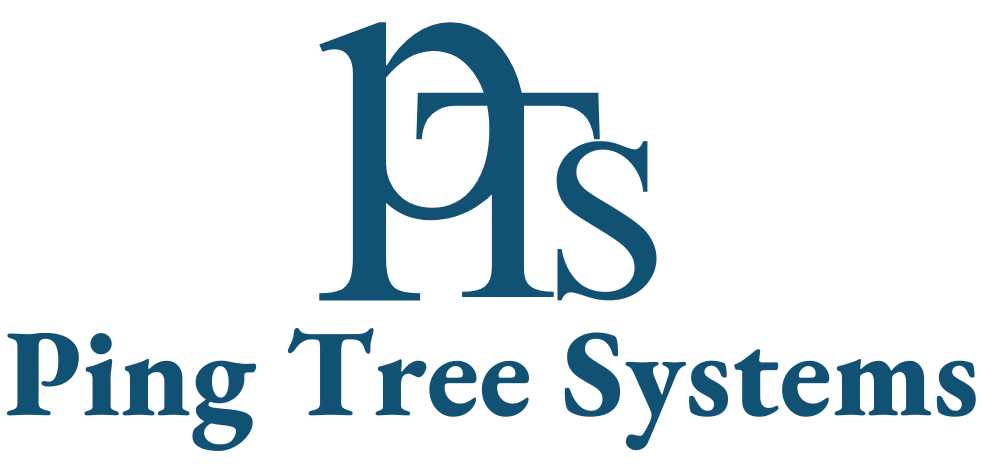In PingTree System with business landscape, effective Lead management software is crucial for sustained growth and success. Customer Relationship Management (CRM) systems have emerged as powerful tools to streamline and enhance lead management processes. In this article, we will explore how businesses can leverage CRM for lead management, from capturing leads to nurturing them into loyal customers.
- Define clear goals
- Delegate and empower
- Streamline processes
- Collaborate and communicate
- Monitor and analyze
- Train and develop
The first step to improve your team efficiency is to set clear and realistic goals for your lead generation strategy. You need to communicate what you expect from your team, how you measure their success, and what resources and tools they have at their disposal. You also need to align your goals with your business objectives and your target audience’s needs and preferences. By defining clear goals, you can help your team focus on the most important tasks and avoid distractions and confusion.
The second step to improve your team efficiency is to delegate and empower your team members according to their strengths and skills. You need to trust your team to handle their responsibilities and give them the autonomy and authority to make decisions and solve problems. You also need to provide them with feedback and recognition for their achievements and areas of improvement. By delegating and empowering your team, you can foster a sense of ownership and accountability among your team members and encourage them to take initiative and innovate.
The third step to improve your team efficiency is to streamline your lead generation processes and eliminate any unnecessary or redundant steps. You need to review and optimize your workflows, systems, and tools to ensure that they are aligned with your goals and best practices. You also need to automate and integrate your lead generation activities as much as possible to reduce manual work and human errors. By streamlining your processes, you can save time and resources and increase the quality and quantity of your leads.
The fourth step to improve your team efficiency is to collaborate and communicate effectively with your team members and other stakeholders. You need to establish regular and clear communication channels and platforms to share information, ideas, and feedback. You also need to foster a culture of collaboration and teamwork among your team members and other departments to leverage their expertise and insights. By collaborating and communicating, you can enhance your team’s creativity and problem-solving skills and ensure alignment and consistency across your lead generation efforts.
The fifth step to improve your team efficiency is to monitor and analyze your lead generation results and performance. You need to track and measure your key metrics and indicators to evaluate your team’s progress and impact. You also need to analyze your data and insights to identify your strengths and weaknesses, opportunities and threats, and best practices and lessons learned. By monitoring and analyzing, you can adjust and improve your lead generation strategy and tactics and optimize your team’s efficiency and effectiveness.
The sixth and final step to improve your team efficiency is to train and develop your team members’ skills and competencies. You need to provide your team with ongoing learning and development opportunities to enhance their knowledge and abilities. You also need to encourage your team to seek feedback, coaching, and mentoring from you and other experts. By training and developing, you can boost your team’s confidence and motivation and prepare them for future challenges and opportunities.

